Writing Well in the 21st Century
Writing Well in the 21st Century
The Five Essentials
Linda Spencer
ROWMAN & LITTLEFIELD
Lanham Boulder New York Toronto Plymouth, UK
Published by Rowman & Littlefield
4501 Forbes Boulevard, Suite 200, Lanham, Maryland 20706
www.rowman.com
10 Thornbury Road, Plymouth PL6 7PP, United Kingdom
Copyright 2014 by Linda Spencer
All rights reserved . No part of this book may be reproduced in any form or by any electronic or mechanical means, including information storage and retrieval systems, without written permission from the publisher, except by a reviewer who may quote passages in a review.
British Library Cataloguing in Publication Information Available
Library of Congress Cataloging-in-Publication Data
Spencer, Linda, date
Writing well in the 21st century : the five essentials / Linda Spencer.
pages cm
Includes bibliographical references and index.
ISBN 978-1-4422-2757-6 (cloth : alk. paper) ISBN 978-1-4422-2758-3 (pbk. : alk. paper) ISBN 978-1-4422-2759-0 (electronic) 1. Report writing. 2. Language arts. I. Title.
LB2369.S65 2014
808'.042dc23 2013045344
 The paper used in this publication meets the minimum requirements of American National Standard for Information SciencesPermanence of Paper for Printed Library Materials, ANSI/NISO Z39.48-1992.
The paper used in this publication meets the minimum requirements of American National Standard for Information SciencesPermanence of Paper for Printed Library Materials, ANSI/NISO Z39.48-1992.
Printed in the United States of America
To word peoplethat band of intrepid folks who study, write, and polish the written word.
Contents
Introduction
Changes in American English
Developments in writing and printing technologies have had some influence on language usage in written documents since the invention of the first alphabet. The creation of an efficient system of printing using movable type, for example, influenced the development of punctuation in sentences. English, especially American English, and 21st-century technology are no exception to this interaction of language usage and technology.
Today, American English is a vital, growing, and changing language in the Digital Age. English ranks the number one language on the Internet, according to Internet World Stats. This worldwide user audience is changing English usage and style.
Keep in mind that American English is especially democratic. Everyday spoken and written usage determines what is correct and incorrect. There exists no American English academy like LAcadmie franaise (the French Academy, founded in 1635). The Acadmie monitors and defines correct French, and it is the final word on French language usage. Common usage in speech and publications, both in print publications and on the Internet, determines acceptable American English usage. This book reflects that 21st-century usage. It is now acceptable, for example, to:
- Begin a sentence with a conjunction: and, or, but
Ida and Louis went to the marathon. And Casey stayed home.
- End a sentence with a preposition
When you left the library, what bookstore did you go to ?
- Use the plural pronoun referencing these words: everyone, everybody
Everyone brought their lunches.
- Close up prefixes, regardless of back-to-back vowels
ant ie stablishment | ant ie litest |
Yet despite all this change and growth of English, good writing still doesnt instantly happen, even on a computer screen. The most talented writer rarely has epiphanies when the words flow in perfect, poignant, and clear sequence. It doesnt matter if you are a student writing college papers, a working professional writing reports, a blogger, an essayist, or a novelisteveryone has to review, rewrite, and polish their writing.
Writers and Inventors
Writers are like inventors. Writers invent a document, story, article, or blog similar to the way inventors invent things. Inventors have an idea and then use materials such as metal, wood, or plastic to make that idea into a new item. Inventors then work on their inventions to improve their design and iron out the bugs to make the inventions work and be efficient and useful. This takes concentration and what Thomas Edison called perspiration. Edison, who at the time of his death in 1931 held over a thousand patents for his inventions, knew what it takes to invent a useful item. He said, Invention is two percent inspiration and ninety-eight percent perspiration. The idea is essential, but creating something tangible from an idea is equally essential.
Like inventors, writers invent or create something new: a story, a new idea, or an opiniona cohesive narrative on a blank page using words. Writers also have to work to improve design and iron out the bugs to make their writing flow and be unique and interesting. This takes more than jotting down the first words that come to mind. Think of correcting and polishing writing as part of the essential, creative perspiration that Edison talked about. Developing an idea in words is just as creative as having the original idea. And often, when resolving writing problems and polishing writing, you have aha moments that inspire more ideas.
Perhaps when writing an essay, dissertation, college paper, or book, after you first get your ideas down and tackle the cleanup, you end up doing a third or fourth draft. At that point, often, the piece becomes organic to you. The spell-checker feature helps to reach a degree of writing correctness in spelling, punctuation, and to some degree grammar. But the spell-checker does not have critical thinking skills, and it does not understand syntax.
You know that each sentence can be written at least five different ways, but which of the five versions of a sentence is the best and should be kept? If you lack a specific approach to your creative perspiration, you can end up working on draft after draft and not complete any writing.
In this book, I urge writers when writing a draft and later doing the creative perspiration, the cleanup, to always examine their writing for the five essentials of good writing: punctuation, grammar, facts, mechanical and substantive style, and voice. I call this system PGFSV:
P unctuation
G rammar
F acts
S tyle
Mechanics
Substance
V oice
This system is basically the habit of thinking critically about the essentials of a written piecepunctuation, grammar, facts, mechanical and substantive style, and voice. In this book, I discuss each of these essentials in relation to 21st-century American English usage. This system helps you present your inspiration in its best written form.
Punctuation
Reviewing your writing for punctuation is a good place to begin. It might seem small potatoes when you think your job report, essay, blog, book, or thesis presents a revolutionary idea or new information, but the punctuation in your writing gives easy clues to sentences that need rewriting.
Punctuation was not designed to confuse and frustrate writers. Punctuation was designed to create clarity and accessibility for the idea(s) expressed in a sentence. I will repeat this basic maxim throughout this book: If you know the basic punctuation rules and yet cant apply them to your sentences, then look to rewrite those sentences. Remember: Punctuation is supposed to assist in claritynot obscure clarity.
Chapter 1, the punctuation chapter, reviews the basic usage of external and internal punctuation. The nuances of external punctuationthe period, question mark, and exclamation pointare discussed. The 11 internal punctuation marksthe comma, semicolon, colon, dash, hyphen, parentheses, apostrophe, quotation marks, brackets, ellipses, and slashare also examined.
For internal punctuation, I give writers an option of using the system of close ( kls ) punctuation or open punctuation. Most professional writers know they have this option in regard to their punctuation style. This option was routinely discussed in the style book used by the publishing industry, The Chicago Manual of Style . In the 15th edition of the book, however, the discussion of using an open or close punctuation style was unfortunately deleted.
Next page
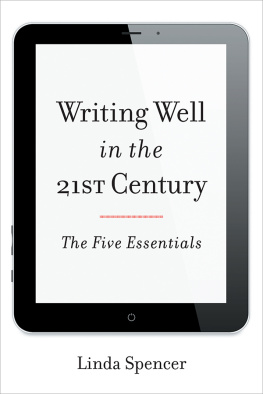


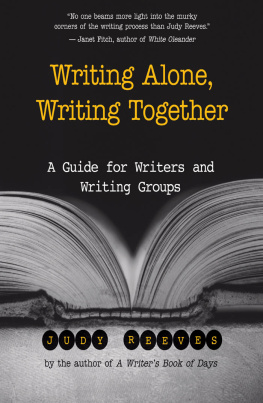
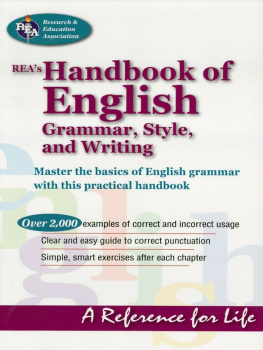
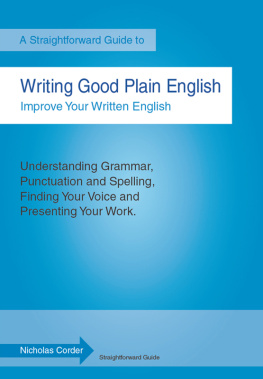

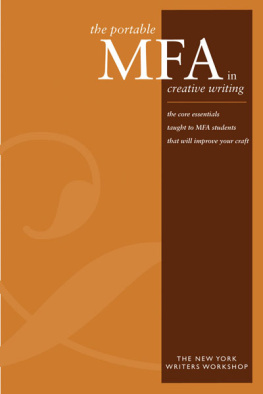
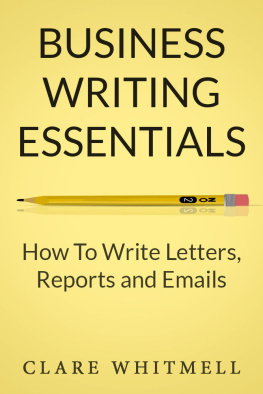
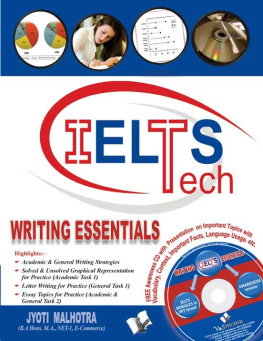
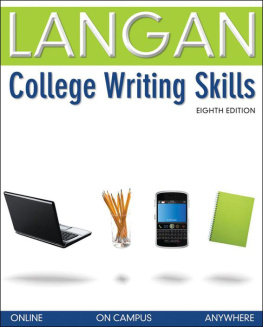
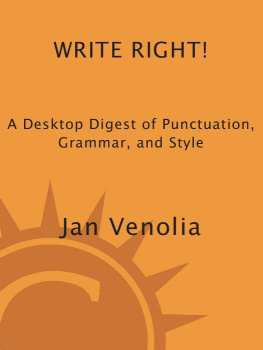
 The paper used in this publication meets the minimum requirements of American National Standard for Information SciencesPermanence of Paper for Printed Library Materials, ANSI/NISO Z39.48-1992.
The paper used in this publication meets the minimum requirements of American National Standard for Information SciencesPermanence of Paper for Printed Library Materials, ANSI/NISO Z39.48-1992.